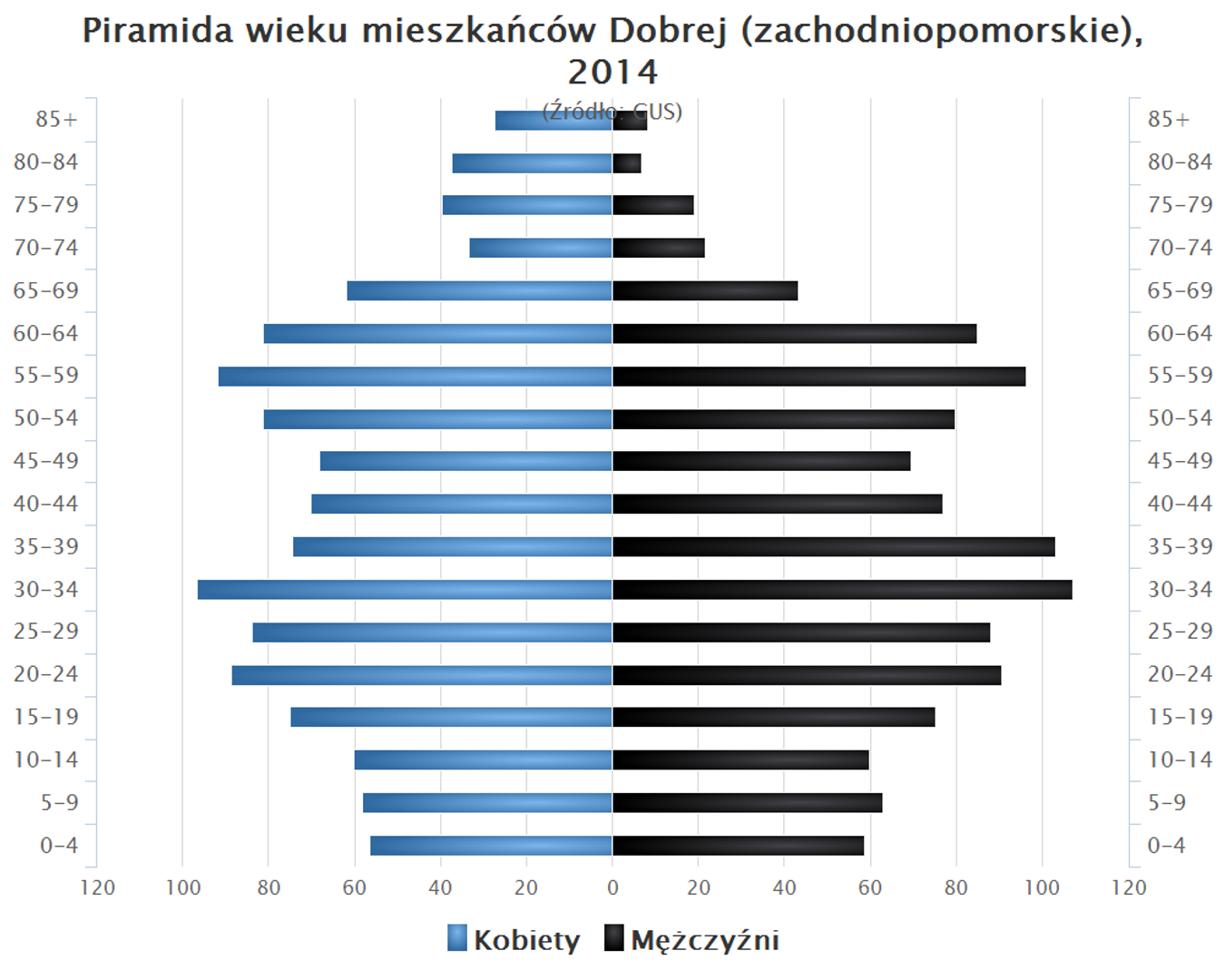Good
6.01

Overview
Okay, the town of Dobra in northwestern Poland, in the West Pomeranian Voivodeship, has a rich history dating back to the 10th-13th centuries, when a Slavic stronghold existed here. In the 13th century, these lands came under the rule of Brandenburg, and soon the construction of the von Dewitz castle began. Dobra was granted town rights before 1331 and for centuries was in the hands of the von Dewitz family. The greatest difficulties were brought by a plague epidemic in 1647, which reduced the population to just 48 people. The town experienced periods of prosperity and decline, and after World War II, its name was changed from Daber to Dobra. Dobra is home to numerous historical monuments, including the ruins of the von Dewitz castle, the Church of St. Clare, and 19th-century buildings. The castle ruins, with a rich history of expansion and medieval decor, are an important tourist attraction. The town hosts cultural events such as the Doberski Fair, which harks back to the tradition of medieval fairs. Participants can enjoy reenactments of the castle battle, knight tournaments, and various workshops. The Municipal Sports Club "Sarmata" actively participates in sports life, and Dobra also has rich collections at the Museum of the Dobra Land, where exhibits related to the region's history can be admired. An interesting fact is that Dobra was once an important railway hub with narrow-gauge and standard-gauge lines that connected the town with other localities in the past. Although the town has faced many adversities, its history, architecture, and cultural traditions remain alive, continually attracting tourists and residents.
Location
County
Lobez County
Country
2025 Wizytor | All Rights Reserved